Europe is known for its magnificent castles and fortresses, but only a few survive in their original form. Since reconstructing them would be financially impossible and culturally abhorrent, a London-based creative agency named NeoMam Studios have decided to digitally restore them to their prime. Using old paintings, blueprints, and textual documents that describe the strongholds, the design team from NeoMam Studios have resuscitated over a dozen castles across Europe.
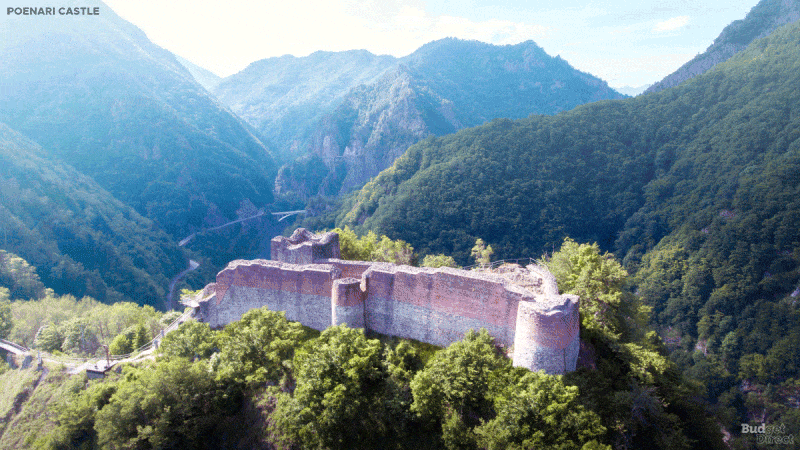
The Poenari Castle in Romania was constructed around the beginning of the 13th century. It was the home of the infamous Vlad the Impaler, son of Vlad Dracul, whose reputation for cruelty and his patronymic inspired the name of the vampire Count Dracula, in Bram Stoker's 1897 novel Dracula.
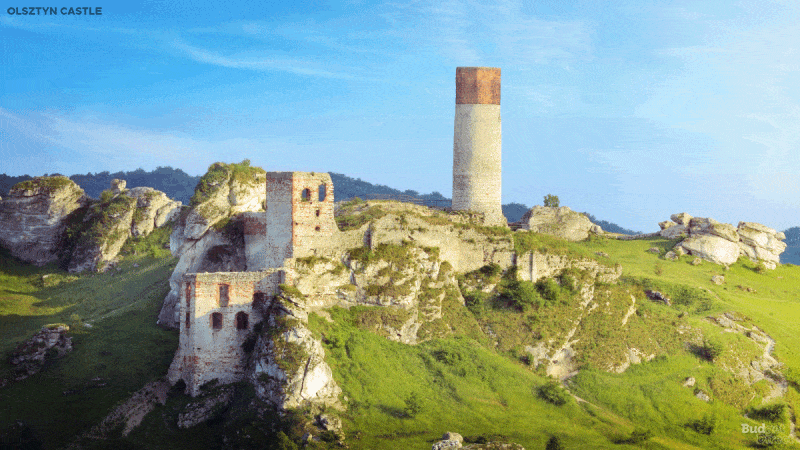
The 14th-century Olsztyn Castle in Poland was built by King Casimir III the Great, to protect western Lesser Poland from Czechs, to whom Silesia belonged at that time. In 1655, the castle was captured by the Swedes, and since then, has fell into a ruin.
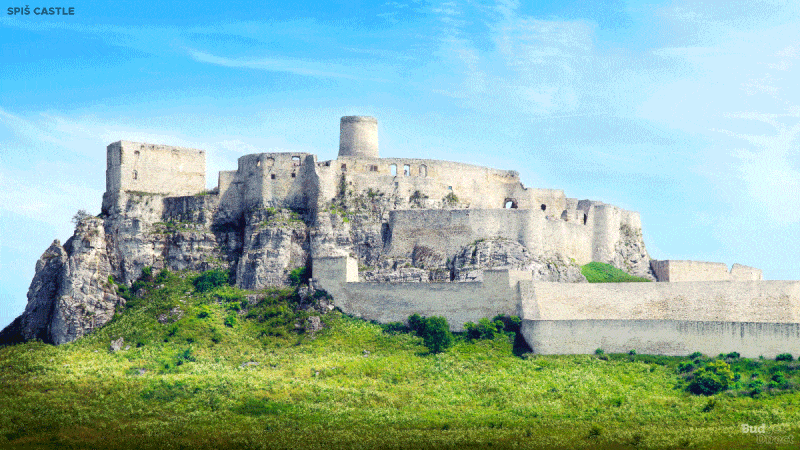
The Spiš Castle is located in eastern Slovakia. Built in 12th century, it was destroyed in a fire in 1780. Rumor is that the owners purposely burned it down to reduce taxes as at the time additional taxes applied to roofed buildings. Or, that it was struck by lightning.
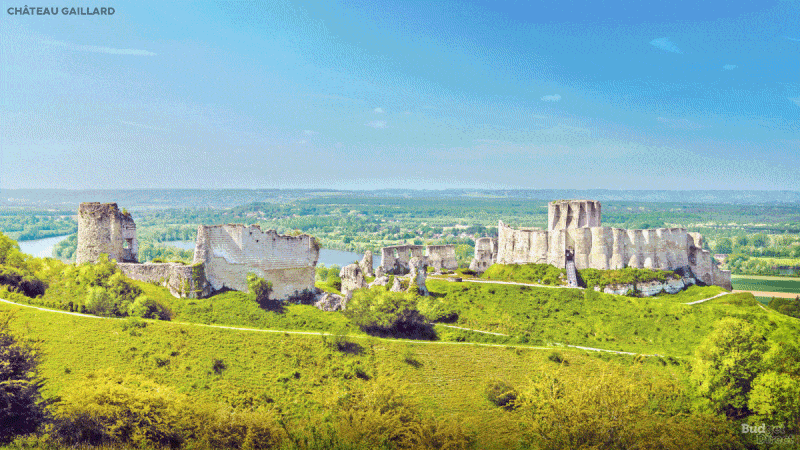
Château Gaillard is a 12th century castle overlooking the River Seine in Normandy, France. It was demolished in 1598 on the orders of King Henri IV as he believed that the fort could pose a serious threat to the region should the enemy capture it.
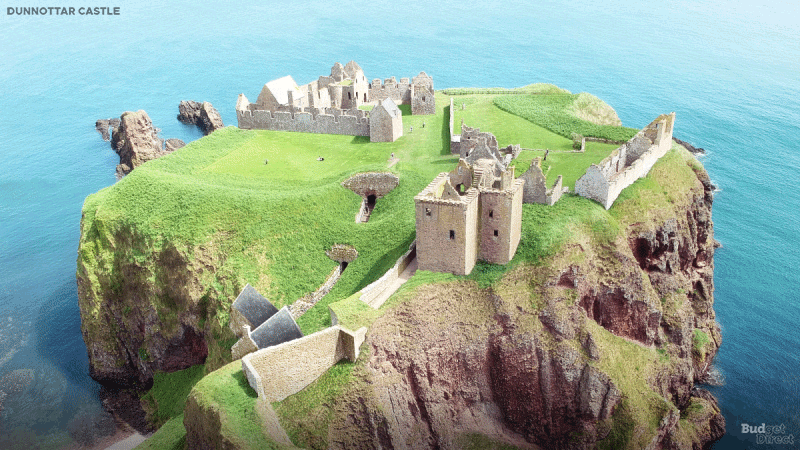
Dunnottar Castle is located upon a rocky headland on the northeastern coast of Scotland. The surviving buildings are largely of the 15th and 16th centuries, but the site is believed to have been fortified in the Early Middle Ages. Dunnottar has played a prominent role in the history of Scotland through to the 18th-century Jacobite risings because of its strategic location and defensive strength.
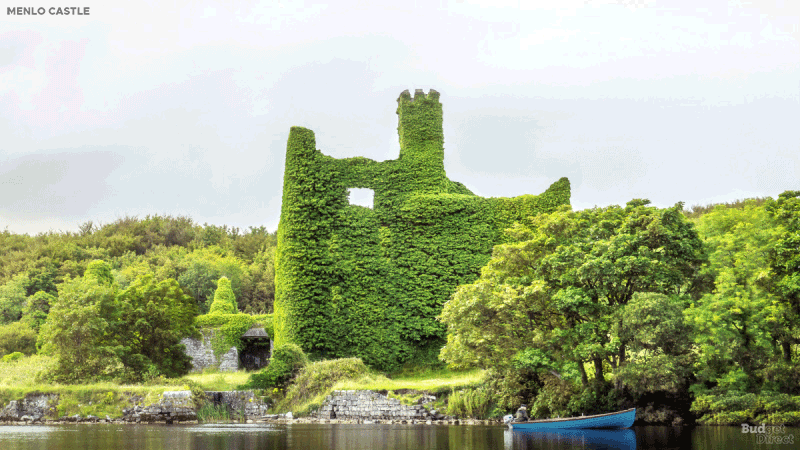
Menlo Castle is a 16th century, ivy-covered castle situated on the bank of the River Corrib in Co. Galway, Ireland. It was built in 1569 and was home to the Blake family.
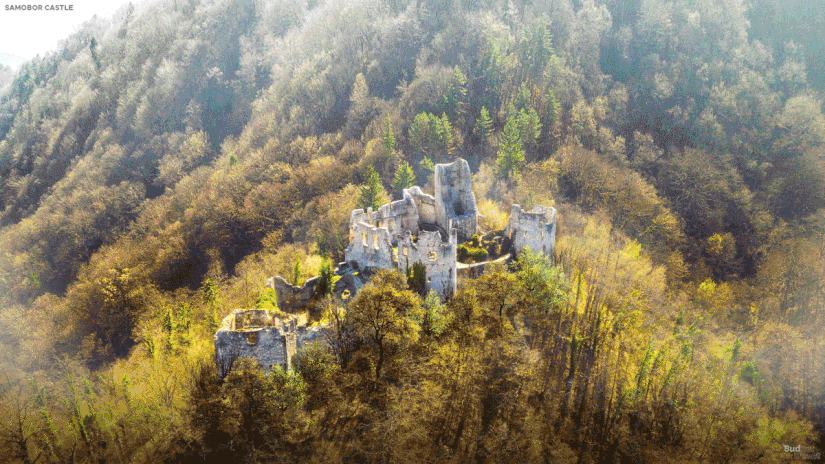
The 13th century Samobor Castle is located atop Tepec hill in Samobor, Croatia, overlooking what was once an important crossroads trade routes in the northwestern corner of the Sava valley. It remained occupied until the end of the 18th century.
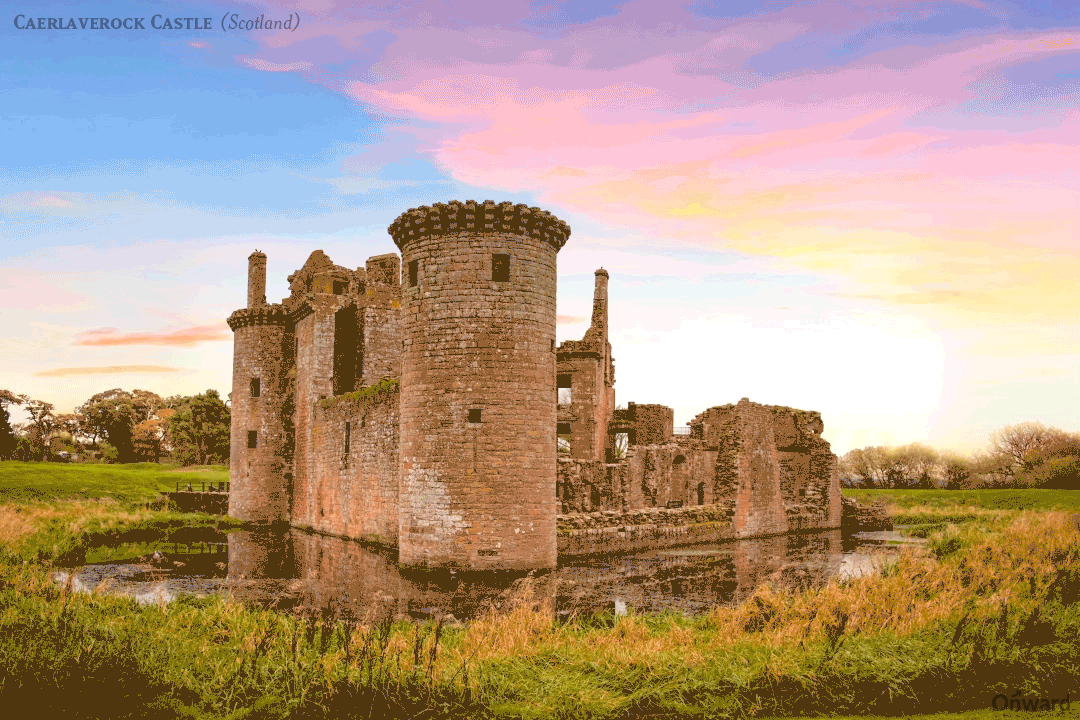
Caerlaverock Castle is a moated triangular castle first built in the 13th century, located on the southern coast of Scotland. Caerlaverock was a stronghold of the Maxwell family from the 13th century until the 17th century when the castle was abandoned.
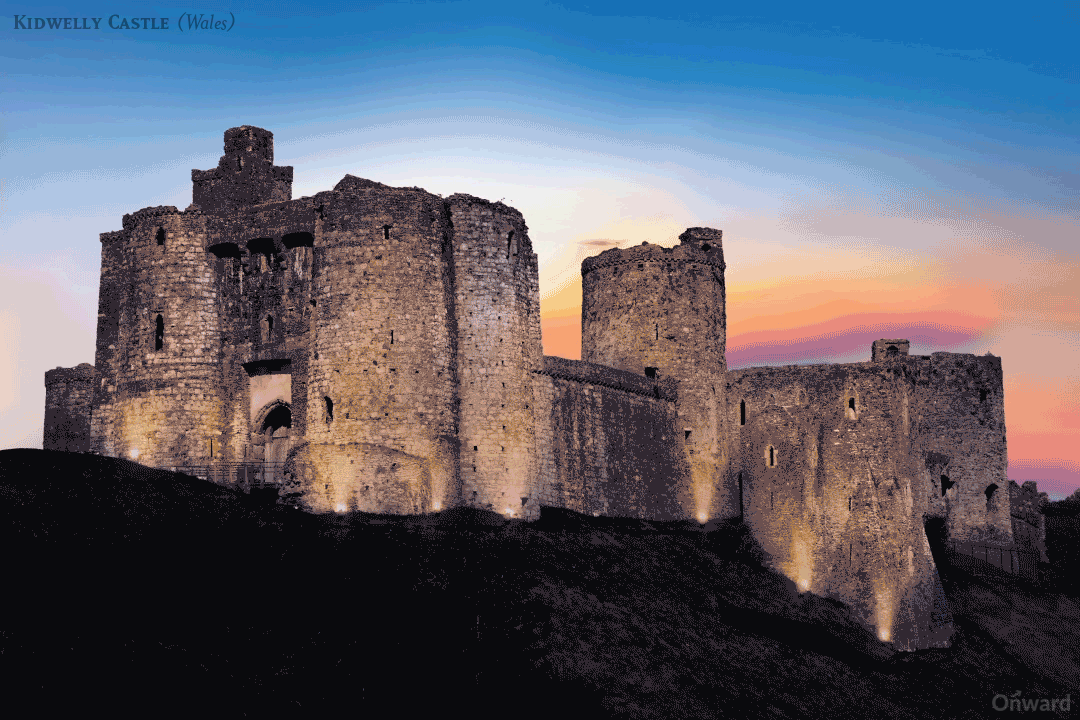
Kidwelly Castle is a Norman castle overlooking the River Gwendraeth and the town of Kidwelly, in Wales. The castle was used as a location for the film Monty Python and the Holy Grail, appearing in the very first scene after the titles.
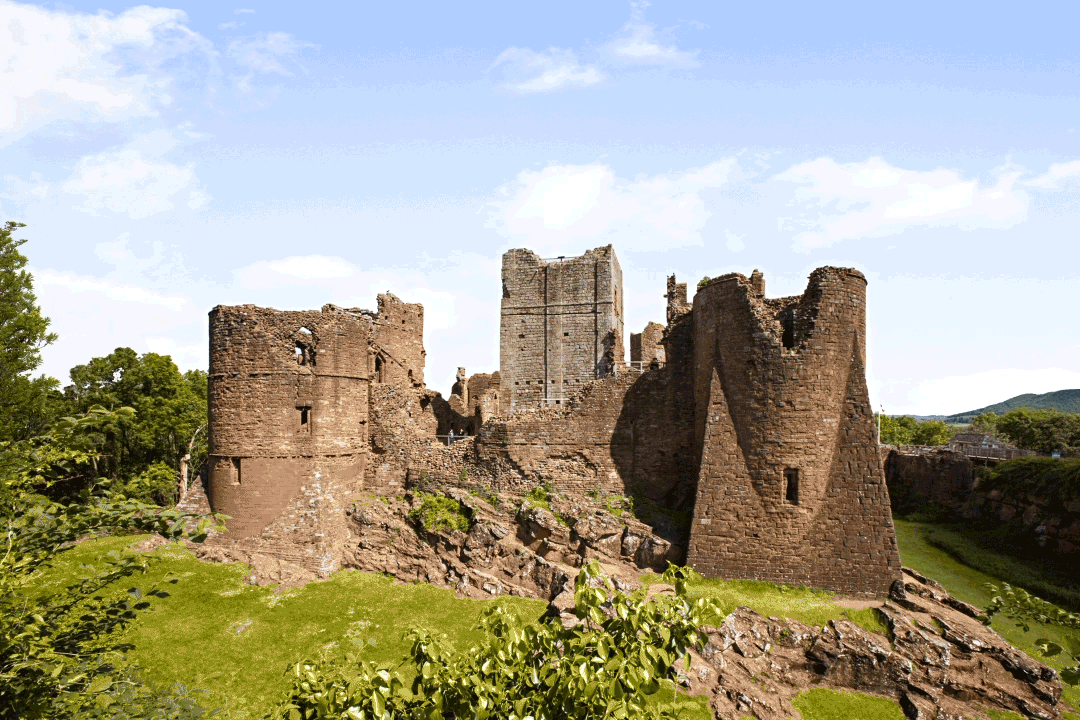
Goodrich Castle is a Norman medieval castle located north of the village of Goodrich in Herefordshire, England, controlling a key location between Monmouth and Ross-on-Wye. The design of this circular castle with concentric structure combining luxurious living quarters with extensive defenses influenced many other constructions across England throughout the medieval period.
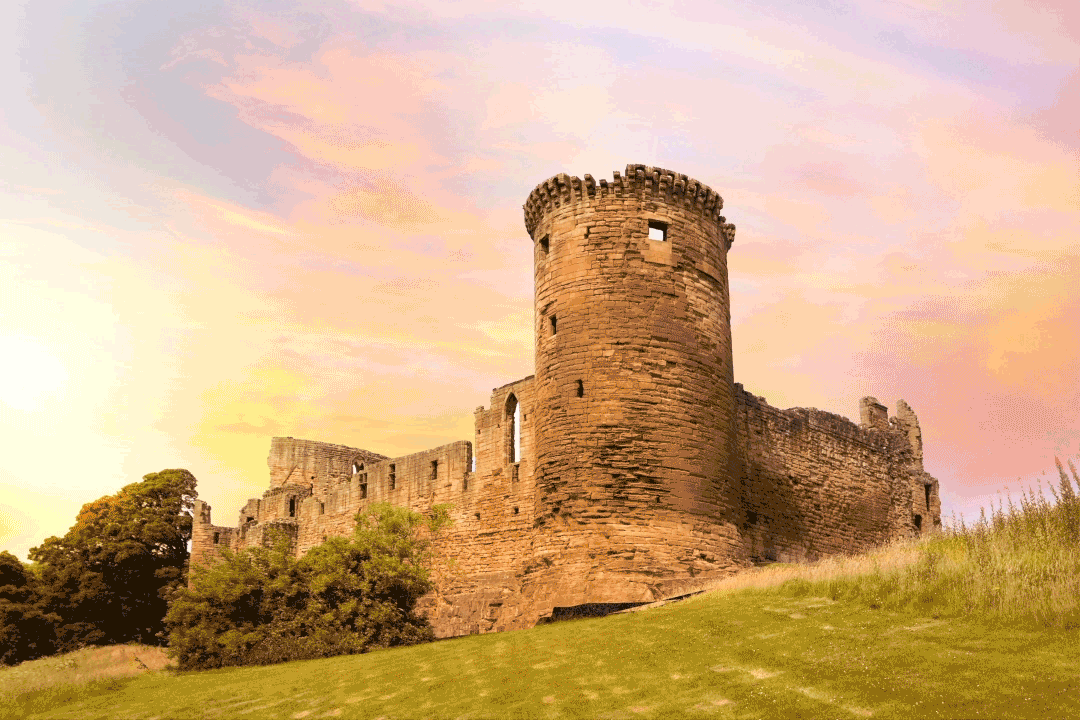
Bothwell Castle sits on a high, steep bank, above a bend in the River Clyde, in South Lanarkshire, Scotland. The castle played a key role in Scotland's Wars of Independence.
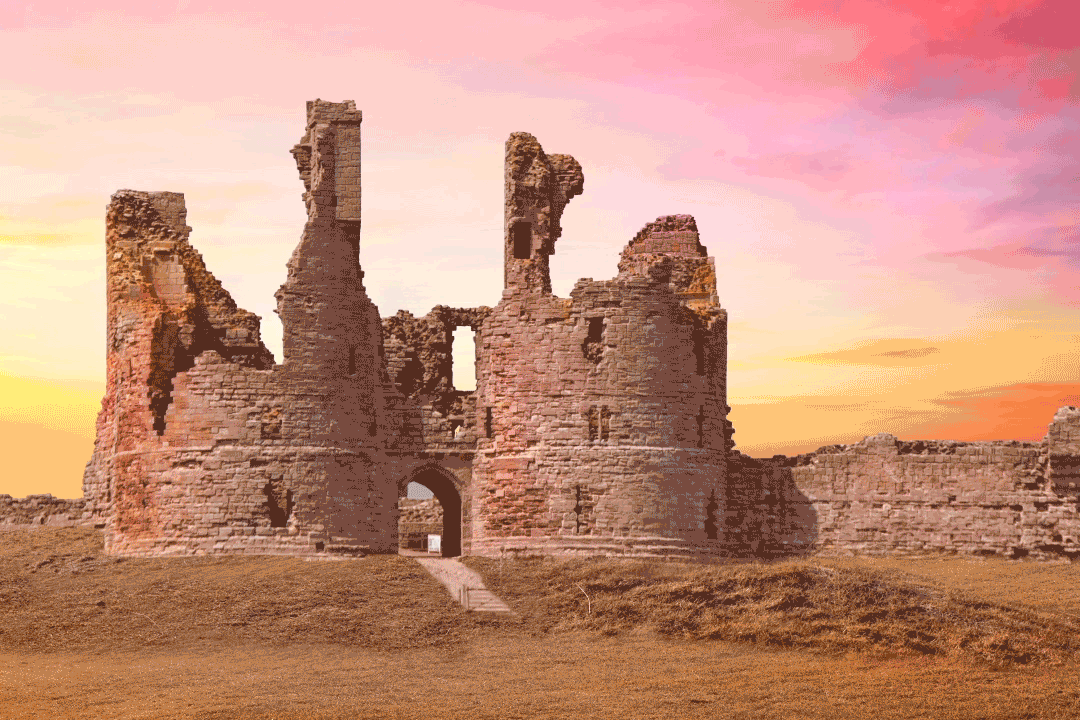
Dunstanburgh Castle is located on the coast of Northumberland in northern England, between the villages of Craster and Embleton. The castle was built by Earl Thomas of Lancaster in the 14th century.
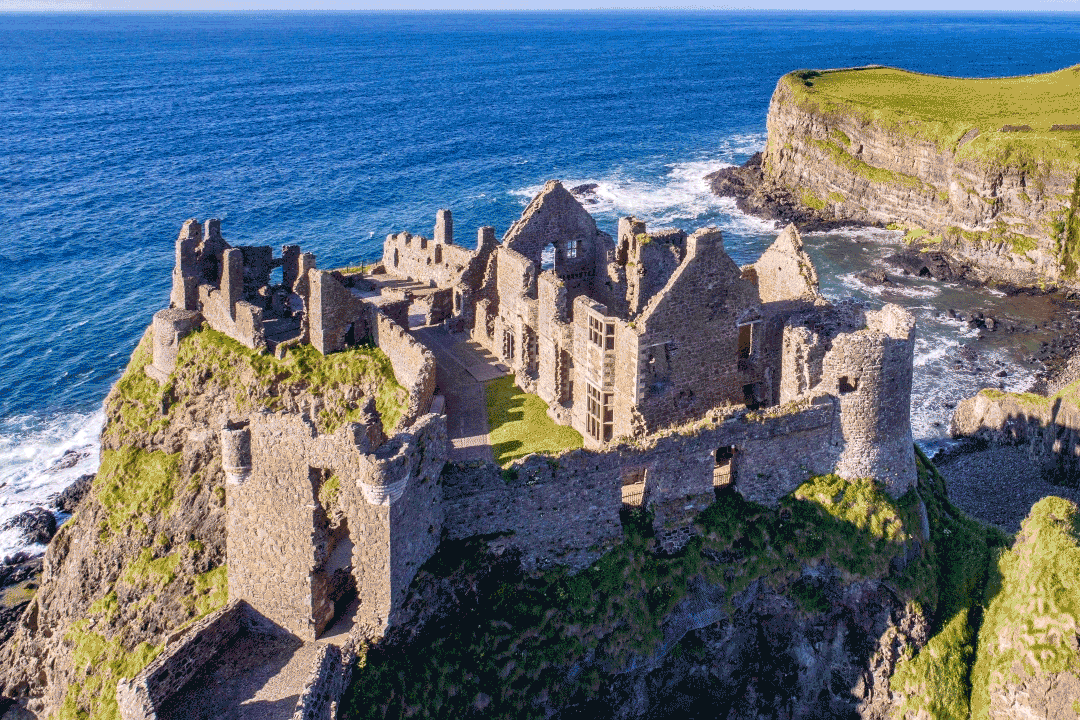
Dunluce Castle is situated in Northern Ireland, and served as the seat of the Earl of Antrim until the impoverishment of the MacDonnells in 1690, following the Battle of the Boyne. Since that time, the castle has deteriorated and parts were scavenged to serve as materials for nearby buildings.


